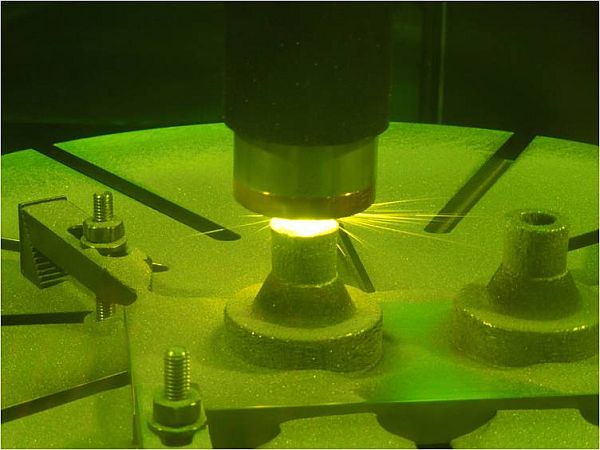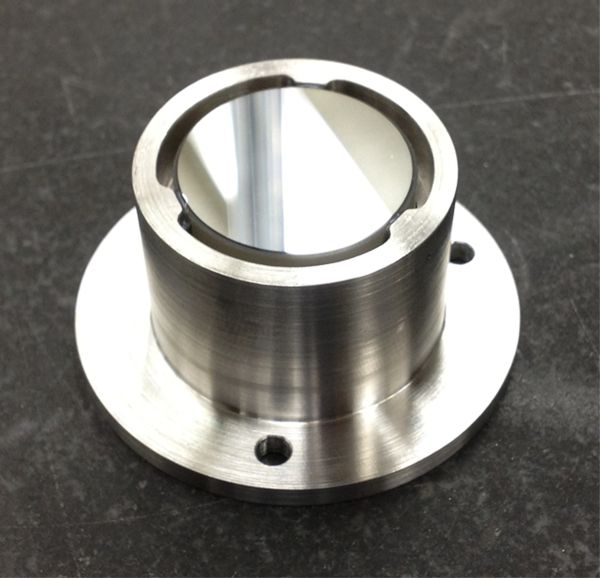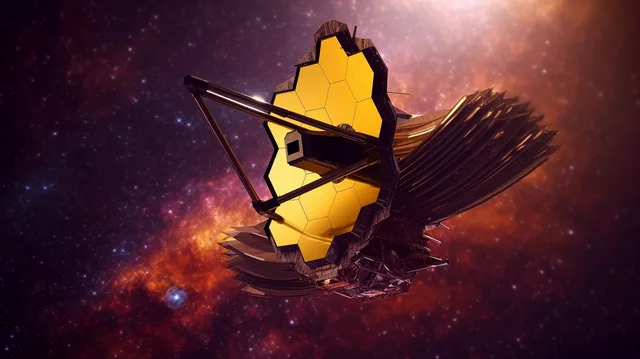One of the major drawbacks of 3D printing is its lack of ability to use varied types of materials in printing a particular product. The same inability has been hindering 3D printing in space travel as well, where at times, situation demands fabrication of certain parts from several different materials.
NASA’s Jet Propulsion Laboratory (JPL) space scientists in collaboration with researchers from Caltech and Penn State University have been working closely to resolve this problem of bringing 3D printing closer to space travel. They developed a process that allowed for switching a 3D printer between alloys of diverse types. This toggling would help in allocating alloy density or melting temperature as per requirement while creating a product’s particular portion.
Space travel
NASA’s Mars Science Laboratory mission is the inspiration behind the project. The Mars team was able to land Curiosity rover (2012) over the planet’s surface by utilizing parts fabricated from different materials. Working on the same line of though, space scientists thought of developing a 3D printer on space travel. JPL mechanical engineer John Paul Borgonia said that it has been implemented for building a real-life part. Had this process not been there, the astronauts would have to print each required part separately and then welded them together into a whole part.
Interplanetary spacecraft
At time fabricating different parts of alloys independently and then welding them together might become cumbersome since welding may make it brittle hence raising the chances of things fall apart due to stress. That would not be a wise approach especially when the question is of building an interplanetary spacecraft because it cannot be fixed once it is deployed.
Nevertheless, the process saves time and energy in space travel. The new technique is indeed a breakthrough, where the whole approach of developing and replacing new or required part is safer and reliable plus it allows for fabricating parts on demand and not just storing the large chunks upon departure.
Source: NASA





